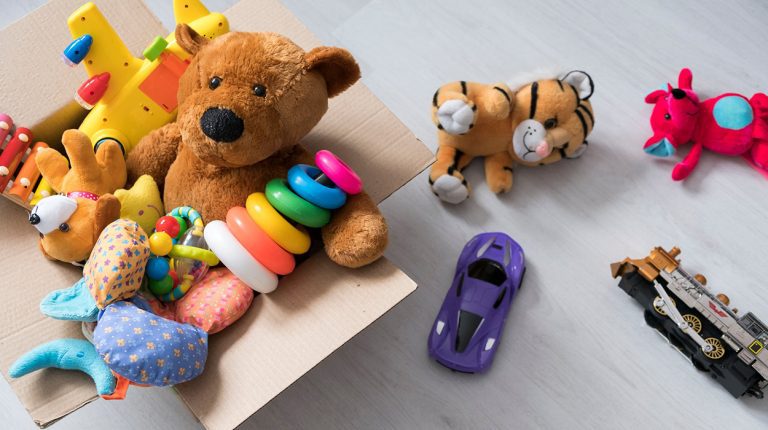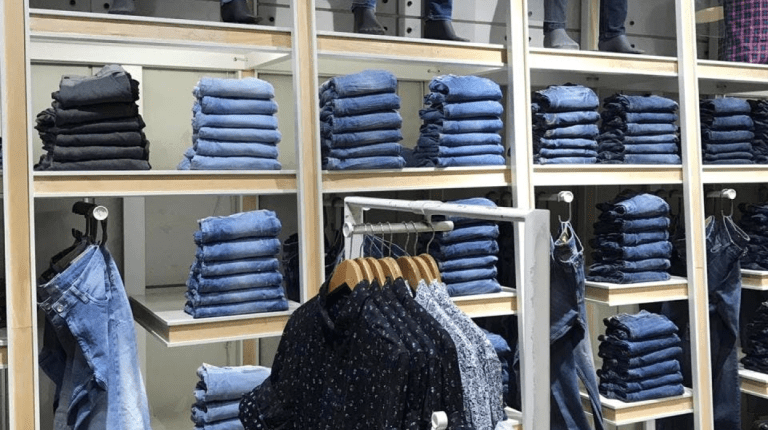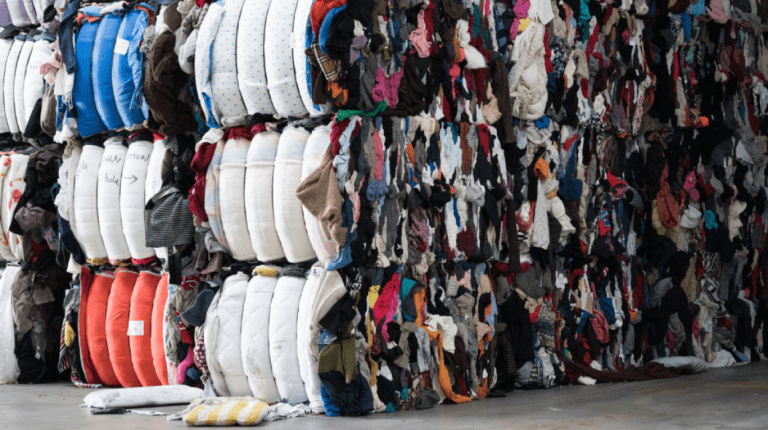The history of used clothing is a testament to human ingenuity, resilience, and ever-evolving fashion trends. From ancient civilizations to modern second-hand stores, used clothing has played a significant role in shaping societies, economies, and personal styles.
This fascinating journey through time highlights the importance of used clothing and how it has evolved to become an integral part of the sustainable fashion movement.
Used Clothing in Ancient Civilizations
In ancient civilizations, clothing held significant value. As garments required hours of manual labor, such as spinning, weaving, and stitching, they were considered a luxury. To maximize the use of these prized possessions, people exchanged their used clothing within their communities, setting the foundation for the barter system.
During this time, clothing was passed down from generation to generation or exchanged for other valuable goods. The barter system served as a means for individuals to acquire new garments and redistribute resources within the community, reinforcing the intrinsic value of used clothing.
The Rise of The Used Clothing Market
The Industrial Revolution brought about drastic changes in the production and consumption of clothing. With the invention of the spinning jenny, power loom, and the sewing machine, garments became more affordable and accessible to the masses. As clothing production increased, so did the demand for used clothing.
During the 19th century, used clothing markets emerged, particularly in Europe and North America. Ragpickers and ragmen collected used garments from wealthier households, selling them to second-hand dealers who would mend, clean, and resell the items at affordable prices. These markets provided low-income individuals with access to clothing that was otherwise unattainable.
The Impact of World War On Used Cloth Recycling
The Second World War led to a scarcity of resources and rationing of clothing materials. In response to these challenges, the recycling and reuse of clothing gained significant importance. People were encouraged to mend their clothes, swap with neighbors, or purchase used garments to conserve resources.
Post-war, the used clothing market continued to thrive as it catered to the needs of economically challenged families. Thrift stores and charity shops emerged, providing affordable clothing options while supporting charitable causes.
Globalization And The Trade of Used Clothing
The globalization of the fashion industry in the late 20th century saw the rapid rise of fast fashion. With an influx of cheap, disposable clothing, consumers began to dispose of their garments more frequently, leading to a significant increase in textile waste.
Simultaneously, the international trade of used clothing began to grow. Countries in the Global North, such as the United States and the United Kingdom, started exporting used clothing to countries in the Global South. This trade provided a cost-effective solution for clothing disposal while offering affordable clothing options to individuals in developing countries.
Promoting Circular Fashion Practices
In recent decades, the appeal of used clothing has transcended economic necessity. The emergence of vintage and sustainable fashion movements has led to a renewed appreciation for second-hand garments. The charm of owning unique, one-of-a-kind pieces with a history has attracted fashion-forward consumers, boosting the popularity of vintage clothing stores and online resale platforms.
Furthermore, the environmental impact of fast fashion has prompted consumers to seek out more sustainable options. The reuse and recycling of clothing have become essential components of the sustainable fashion movement, with second-hand clothing stores and online resale platforms playing a pivotal role in promoting circular fashion practices.
Final Words
The history of used clothing is a compelling narrative of human resourcefulness, adaptability, and the continuous evolution of fashion trends. From ancient barter systems to modern sustainable fashion movements, used clothing has been an essential part of our lives. As we become increasingly aware of the environmental and social impact of our consumption habits,











